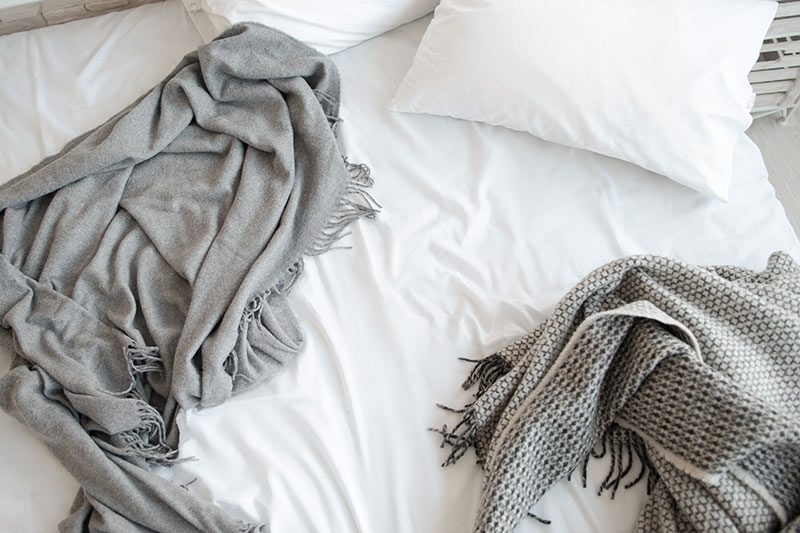
Mattress guide for people with disabilities
Are you looking at purchasing a specifically tailored disabled mattress? There is a whole range of disabled bedding products including the best bed for elderly for mobility issues and even other options like a bedding guide for people with disabilities. Mattresses come with varying attributes and features and they are often optimized for people with disabilities, enabling them to get better sleep overall.
Sleep systems for disabled- Choosing the right mattress
Which is the best mattress for support needs? How do you zero in on the right option for yourself? Here are the parameters that you should keep in mind at all times.
- Hardness- How hard should be the layer of bed for disabled individuals? In case the mattress is excessively soft or hard, it will lead to a disruption of the natural bone alignment while leading to a worsening of pain symptoms. For those with scoliosis, sprung-type mattresses may be better alternatives to foam mattresses since the latter may get dented with the passage of time and may also lead to reinforcements for misalignment patterns in the back as well. For conditions linked to the fragility of bones and pain in the joints, specific softness is always necessary and hence you should choose memory or natural form options in this regard.
- Temperature- Excessive heat may be a big issue causing sleeplessness. However, being overtly cool may also lead to the pain increasing, especially for conditions such as arthritis or joint pain. Foam mattresses containing gel-infused foam will help in heat conduction away from one’s body, leading to the system staying cooler overall. Latex foam mattresses are also cooler than many other kinds of mattresses. The topper may also help in staying cool in this regard. However, for those who prefer warmer temperatures, waterbeds are avoidable. Memory foam or the sprung-type of mattresses will always be better options. Heated pads may also be considered if the mattress feels excessively cold during the night-time.
- Shifting Aspects- Mattresses that sag, flex or bend should be avoided for those who frequently wake up or witness cramps in the muscles. You should select mattresses which have multiple layers of foam since they come with lower motion transfer attributes overall. Memory foam is also a stable option while waterbeds should be completely bypassed in this regard. Pocket sprung mattresses are good options.
- Noise Levels- Those suffering due to muscle cramps and spasms will automatically benefit from using mattresses which are more silent. For those with vision-related disabilities, this will always be helpful, since the sense of hearing will always be essential. Memory and latex foam mattresses have the lowest noise levels. Avoidable options include waterbeds, sprung mattresses and airbeds.
- Dent Levels- Mattresses which get dented, lead to alignment issues of the spine and a worsening of pain-related symptoms. Sprung mattresses do not dent as fast and if you make use of memory foam, then remember that it is softer and you should turn your mattress periodically to avoid denting.
When you are selecting a mattress for someone with disabilities, make sure that you keep the above-mentioned factors in mind. Waterproof mattresses have materials which do not absorb any moisture. If you clean them suitably and regularly, they will not easily absorb foul scents or stains. Air mattresses help greatly in enhancing overall blood circulation and boost overall comfort. Mattresses which are firmer offer more support for those with weight issues and related disabilities.
Ultra-soft mattresses that use latex or memory foam will create outlined surfaces which help in relieving all pressure points. This makes them suitable for those who have particular physical issues or disabilities. The adjustable frames (usually crafted from metal) which are positioned below the mattress (elevators) sometimes make for ideal options for those with disabilities. They offer the ideal sleeping angles and may be positioned at either the foot or head of the bed, covering diverse physical conditions.





Hey all. I just wanted to find some new slots and found hotlucky7s to scratch that itch. Games are mostly alright. It’s good for a casual distraction hotlucky7s.